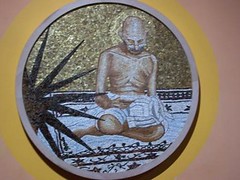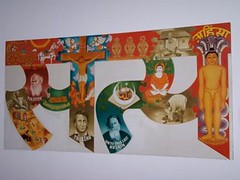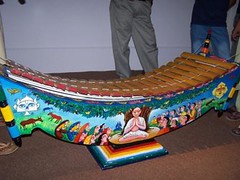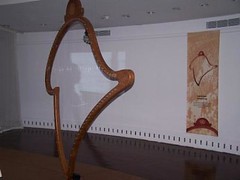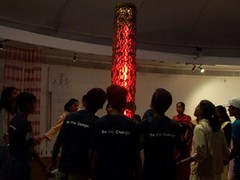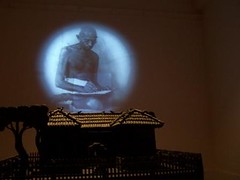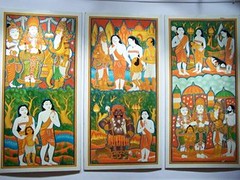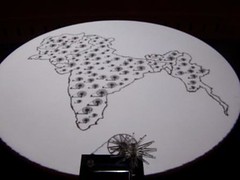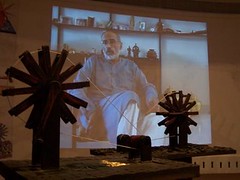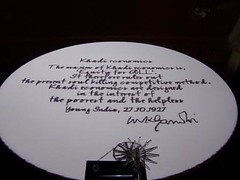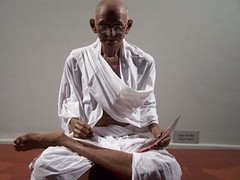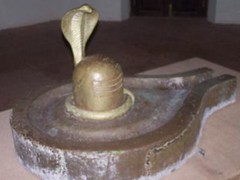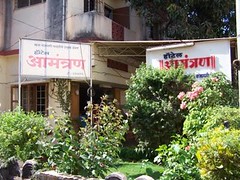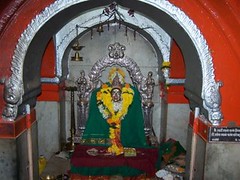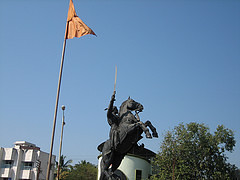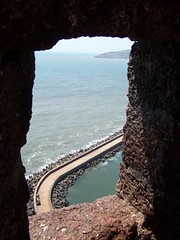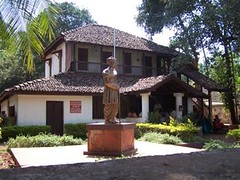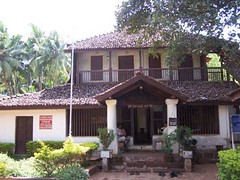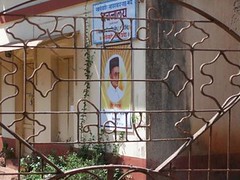Romica Puceanu is called "Billie Holiday of the East" since she was the voice of the Gypsy blues, she gave voice to the life of the poor suburbs of Romanian towns in the same era that Billie Holiday, Nina Simone, and Sarah Vaughn were doing the same for Black urban neighborhoods across the Atlantic.
Mark Hudson of the UK Telegraph calls Puceanu a "Balkan Marlene Dietrich" for her larger than life personality & voice that he says is "Simultaneously seducing, comforting and cajoling"

Puceanu so loved singing to her own people, mostly at cafes and traditional weddings in the urban ghettos of Romania, that the rest of the world has been unaware of her music until now. Asphalt Tango Records is unearthing some of Eastern Europe's musical treasures, re-issuing old records that are hard to get outside their countries of origin. Romica Puceanu & The Gore Brothers: Sounds From a Bygone Age, Vol. 2 is the latest in this eponymous series, aimed at introducing international audiences to the great voices of Eastern and Gypsy music.
In this album, which is being released posthomously from archives (Romica died in a tragic car accident in 1996) on May 9th 2006, Puceanu combines with her cousins Aurel (violin) & Victor (accordion) Gore to create some mesmerising & haunting Gypsy music. The Gore brothers had their own successful band, the Taraful Fratii Gore, when they discovered their 14-year old cousin singing in local cafes in the Floreasca & Herestrau quarters on the outskirts of Bucharest. Their first album was recorded in 1964 at Electrecord's Tomis Studio.
The family has a legacy of music. Gore Ionescu, father of Aurel & Victor Gore, played his voiln at exclusive Bucharest restaurants. His traditional style was so well known, that until his death in the late 1950's, he was regularly invited to make recordings at the "Bucharest Folklore Archive"
By the sudden, tragic end of her life, Romica Puceanu had become the most popular and best paid singer of her genre, and was considered the veritable incarnation of Romanian lautari music (repertoire of Gypsy music, comprising pieces from a rustic environment, interpreted with great virtuosity and urbane arrangements for a very mixed audience in the town). The Taraful Fratii Gore sold thousands of records in Romania up to the present day, but never achieved great wealth. Victor Gore lives today in a small two-room apartment in Bucharest and relives his memories of the golden years of the old days. Victor remembers, "When we played slow, sad songs the Gypsies wept, and nobody could eat a thing!" But, in spite of her talent for bringing her audiences to tears, Puceanu was a lively, funny woman, who never turned up at the studio without her teapot - filled with cognac.
Romica's signature was the slow improvised mournful ballad, which she filled with expressive melismas, ornaments, and incredible soul. She sang melodies with stirring words, in which she described the everyday life, longings, and sufferings of the simple folk. This compilation is a combination of these ballads with more lively gypsy music.
The first impression one gets on listening to this album is "Exotic". Other than the "Gypsy Kings", I cannot easily recollect a famous gypsy performer whose records are easily available. Other performers have drawn from Romanian & Gypsy music influences, so some of the tunes may have a familiar beat or part of a familiar tune.
The only drawback in this album is that the slow & fast tracks are alternated. One song puts you in a melancholic frame of mind & the next makes you want to kick up your heels & dance in circles around a fire waving a colorful gypsy skirt. I love both styles, but wish they could have been clubbed together according to their feel, so I didn't have to go through a mood see-saw.
Individually, each song is beautiful, as is each genre. Romica's voice caresses you. If Penelope Cruz' & Salma Hayek's accents intrigue you, Romica's accent will mesemerise you. Victor also lends his vocals to Pleaca O Nevestica N Lume and Adu Calu' Sa Ma Duc and its the vocalisation of melted chocolate. His is a smoothened Antonio Banderas voice. Inima Suparacioasa is slow and romantic. Vintule Bataia Ta will definitely get you on your feet & hopping around.
These songs & ballads originated under the influence of Turkish Ottoman music & were performed as early as the 16th century in the courts of Wallachian Princes.
Aurel Gore plays the Violin & Victor Gore plays the Accordion besides singing 2 of the songs on this album. n.n. also plays Violin. Marin Marangros was their regular "Cymbalom" player who had also played with Gore Ionescu. Grigore Ciuciu plays "Double Bass". The legend Costel Vasilescu contributes his bright trumpet tone to some of the titles. Maslina Vetol plays the Cobza (A lute with a short, backward curving fingerboard, upon which 4 strings are attached in reverse order and usually played with a quill.)
A wonderful album, worth buying, even if you can't understand the lyrics. The music touches your heart & your soul because Romica & the Gore brothers have given their heart to their listeners in their music.
If you would like to sample the music before you rush for your own copy, click on the following links.
"Hora Dinspre Ziua" from Sounds From a Bygone Age Vol.2 (Asphalt Tango)
"Unde O Fi Puiul De Aseara" from Sounds From a Bygone Age Vol.2 (Asphalt Tango)
For more "Sounds From a Bygone Age" visit Asphalt Records
Published on
desicritics.org
